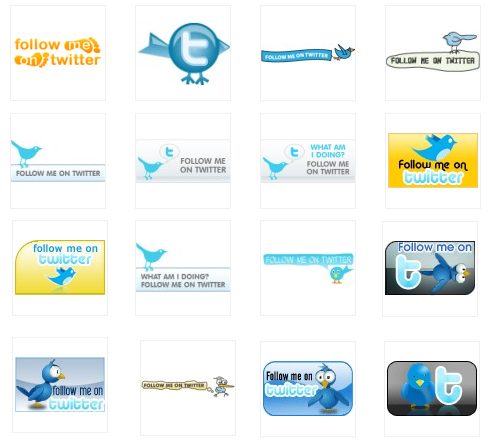Using Twitter for business is easy. As long as you follow the guidelines below, you’ll have a legitimate business Twitter account. The hard part is gaining a big following. Patience, persistence, and consistent tweets will help you gain a following over time.
If you have a business, and are thinking about tweeting, try the steps below.
1) Open an account.

Simply open an account under your business’s real name. Upload your logo to use as an icon. If your personal identity is tied into your business, use your real, full name and a headshot. Start tweeting.
2) Find people to follow.

Image: CC Chapman/Flickr
Once you’ve tweeted a few times, start finding people to follow. Follow people in your industry, competitors, friends, colleagues, and people you admire (for business purposes). You can use one of many Twitter apps to find people by topic. Twellow—the Yellow Pages for Twitter—is an example. With time, people will start following you, too.
Note: Some followers are spammers. Whenever someone unfamiliar signs up to follow you, flag them for further investigation. Are they using a real name? What do their tweets look like? Avoid them if they only tweet spam.
3) Tweet away.

As a business, your tweets will look slightly different from the life updates that most individuals share. Although life updates keep your tweets interesting, keep them business-related. For example, thank individuals for their help. Recommend people. Ask questions.
In addition, follow the tweet subjects below to maximize Twitter’s business utility:
–Link to news about your industry, sports, etc.
–Link to new deals and promos. Be sure to include the occasional Twitter-only promo. An easy way to do this is to offer free drinks to Twitter followers. Name the drink something unique that only your Twitter followers will be able to read. Then, when they come in, they can request the special drink by name—and get it free. You can also tweet contests—guess the winning team and get a free beer—or special codes that people can show on their cell phones.
–Ask your followers for feedback on their experience with your product, new ideas you have for events/ promos, etc.
–Job postings. Post short descriptions and a link to where followers can learn more.
–Live event feeds. For example, if you host a contest at the bar/restaurant, have someone tweet it live.
–Customer service. Encourage customers to tweet with questions, feedback, etc.
–PR firefighting. If something happens that could damage your reputation, post your defense on Twitter. Big companies do this all the time when faced with something potentially damaging.
–Reply to people’s tweets. Get in touch with them personally.
–Retweet. Show others whose tweets you’re interested in.
4) Monitor your reputation.

Image: DollAddiction
Periodically search for who’s talking about you using #hashtag searches. For example, search #yourbusinessname to see who is talking about you. Use other hashtag searches to follow industry news.
5) Promote yourself.

Image: BlogsDNA
Make sure people know you’re on Twitter. Promote your Twitter profile on your website, email (footer), in your store, on your business cards, ads, and other social networking sites. Make your Twitter profile visible and clickable. The easier you are to find on Twitter, the more people will find you.
